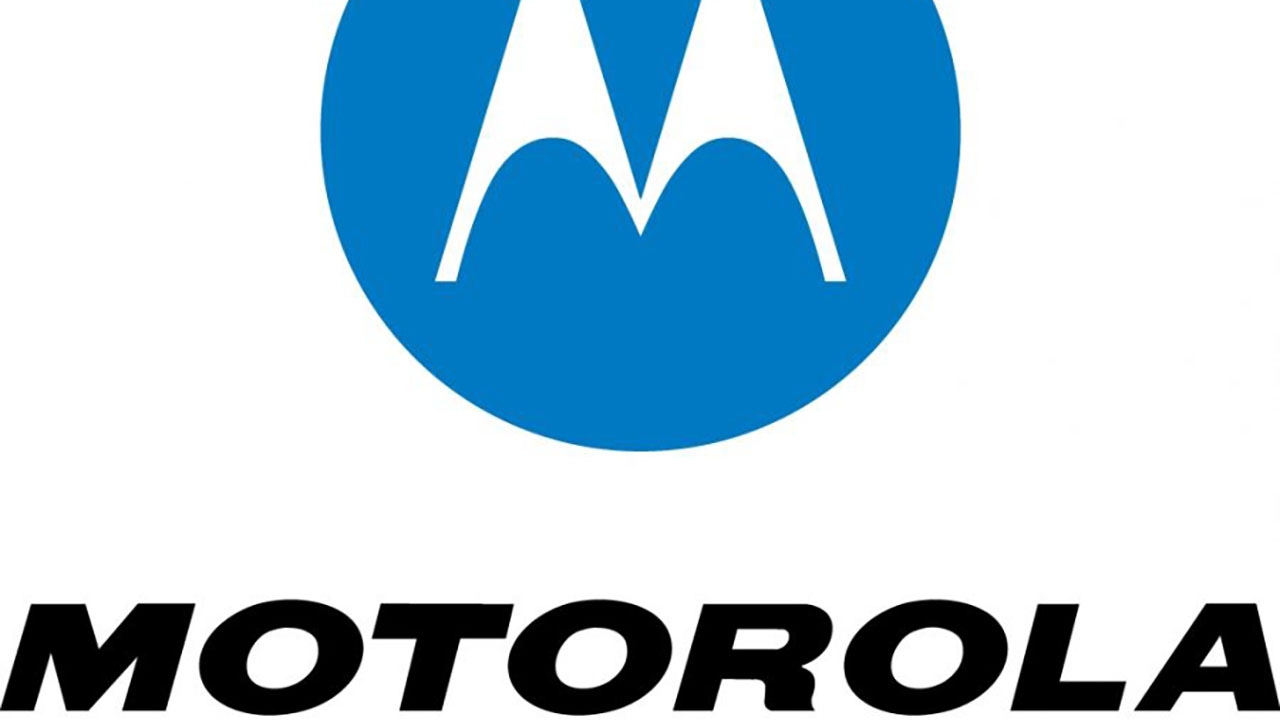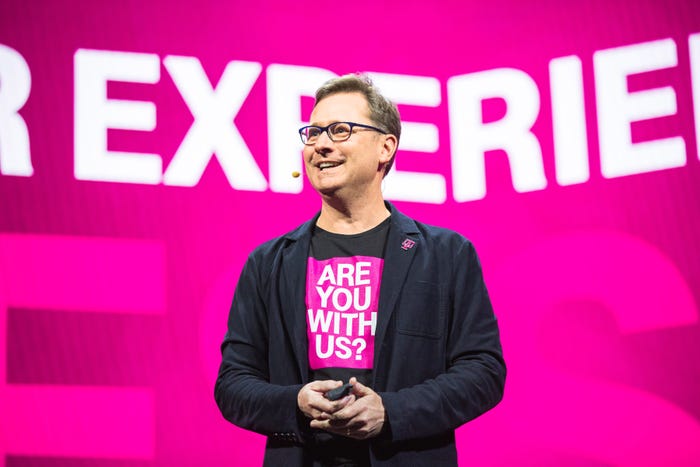Motorola Solutions private broadband platform supports Anterix 900 MHz use, LTE-LMR integrationMotorola Solutions private broadband platform supports Anterix 900 MHz use, LTE-LMR integration
Motorola Solutions today announced its Private Broadband for Critical Infrastructure, a platform designed to let utilities, energy companies and other critical-infrastructure entities leverage disparate broadband and narrowband systems, including private LTE networks operating on 900 MHz spectrum licensed to Anterix.

Motorola Solutions today announced its Private Broadband for Critical Infrastructure, a platform designed to let utilities, energy companies and other critical-infrastructure entities leverage disparate broadband and narrowband systems, including private LTE networks operating on 900 MHz spectrum licensed to Anterix.
Last month, FCC commissioners approved the Anterix proposal to reconfigure narrowband 900 MHz spectrum in a manner that results in Anterix consolidating its licenses in the band into a 3×3 MHz swath that can support LTE broadband systems built by utilities or other critical-infrastructure entities.
Scott Schoepel, vice president of Motorola Solutions’ Global Enterprise unit, said the FCC’s 900 MHz order includes rules allowing fixed devices in the field, like the new EDG 4200 smart gateway modems, to transmit packets using 2 watts—10 times the power of normal LTE device—when operating on the Anterix spectrum.
“We really believe that— with the EDG 4200 products and that 2-watt capability —we can replicate LMR-type coverage for LTE data,” Schoepel said during an interview with IWCE’s Urgent Communications. “From a total-cost-of-ownership [perspective], that prevents you from having to build incremental sites, backhaul, backup power and all of the things that go along with building tower sites.
“Leveraging that existing [LMR] footprint and really being able to provide that similar coverage, we think is a significant cost savings and time-to-deployment savings for our customers.”
Another interesting wrinkle in the 900 MHz broadband rules is that there is “no guard band contemplated” in the FCC rules, even though most spectrum allocated for LTE use includes a guard band to reduce the chance for potentially harmful interference, Schoepel said. The absence of a guard band could prove to be advantageous for Motorola Solutions, which is accustomed to developing solutions in the LMR arena that do not operate with a guard band, he said.
“We think we are the only ones who can provide the RF specifications to operate in the environment without the guard band,” Schoepel said.
“Between the product specs—with our narrowband heritage and how we apply that to broadband—and our ability to do system-design work in both broadband and narrowband—allowing these two to work together with minimal or no interference issues—we think is unique to Motorola Solutions.”
When asked whether Motorola Solutions is the lone vendor positioned to provide a high-power LTE solution on the new 900 MHz broadband spectrum, Anterix provided IWCE’s Urgent Communications with the following statement from Alice Moy-Gonzalez, vice president of strategic development for Anterix.
“There has been broad vendor interest in the 900 MHz FCC proceeding, amplified through participation in UBBA [Utility Broadband Alliance],” according to the Moy-Gonzalez statement. “The benefits inherent in LTE are numerous, and the wide range of vendor choices for deployment in the band is just one of them. We are excited to have Motorola bring their innovative solution into this growing ecosystem.”
Schoepel said the high-power version of the EDG 4200 products are being used in trials right now, but they are expected to be commercially available by the end of the third quarter.
In addition to the EDG 4200 Smart Gateway Modem product family, Motorola Solutions’ Private Broadband for Critical Infrastructure offering features another new portfolio, the LXN 7900 product line. Schoepel said the LXN 7900 portfolio includes an LTE core—available as an on-premise or cloud-based solution—and LTE radio access network (RAN) eNodeB that typically is located at tower sites.
Once again, Schoepel noted that Motorola Solutions’ ability to develop an LTE platform that operates without a spectral guard band is expected to be valuable to entities seeking to leverage the 900 MHz broadband spectrum licensed to Anterix.
“We’ve got a product that we’re building for that, that we think not only achieves the high power levels but really has some incredible RF specifications,” Schoepel said, referring to the LXN 7900 product portfolio and its low adjacent-channel leakage ratio, which is a testament to its ability to control out-of -band emissions.
“So, this product will be substantially superior to others in the market—certainly, as compared to the 3GPP standards. We think that’s important in a non-guard-band situation, to allow for this co-habitation of 900 MHz LMR and 900 MHz broadband. It will be critical to achieving the goal that the [FCC] outlined in the report and order and to ensure that those systems can operate as good neighbors.”
Schoepel said that the new Motorola Solutions’ Private Broadband for Critical Infrastructure is designed to provide significant flexibility to the network operator, with the new platform being able to support interoperability with existing P25 or DMR networks through its Critical Connect solution. Integration of Motorola Solutions’ new Nitro broadband data service that leverages CBRS spectrum in the 3.5 GHz band is also available. The Nitro ecosystem also include the potential use of WAVE push-to-talk-over-broadband technology—a capability that uses Kodiak software–but Motorola officials believe the CBRS private broadband focus will be on data and video applications.
Motorola Solutions’ new broadband platform supports a wide variety of connectivity options, Schoepel said. In addition to 900 MHz private broadband and CBRS, the platform enables connectivity via Wi-Fi, narrowband IoT (NB-IoT) and carrier connections via FirstNet, AT&T and/or Verizon.
The EDG 4200 “can come in a variety of different configurations—multiple SIM cards and multiple radios are available,” Schoepel said. “You can pair up 900 MHz LTE and CBRS, for example. Or, you could pair up 900 MHz and a carrier [connection].
“So, if a company wanted to start deploying a carrier today and migrate to 900 MHz when access to that spectrum is complete, they could do that. Or, you could deploy [in a manner that makes] a carrier a redundant fallback option.”





